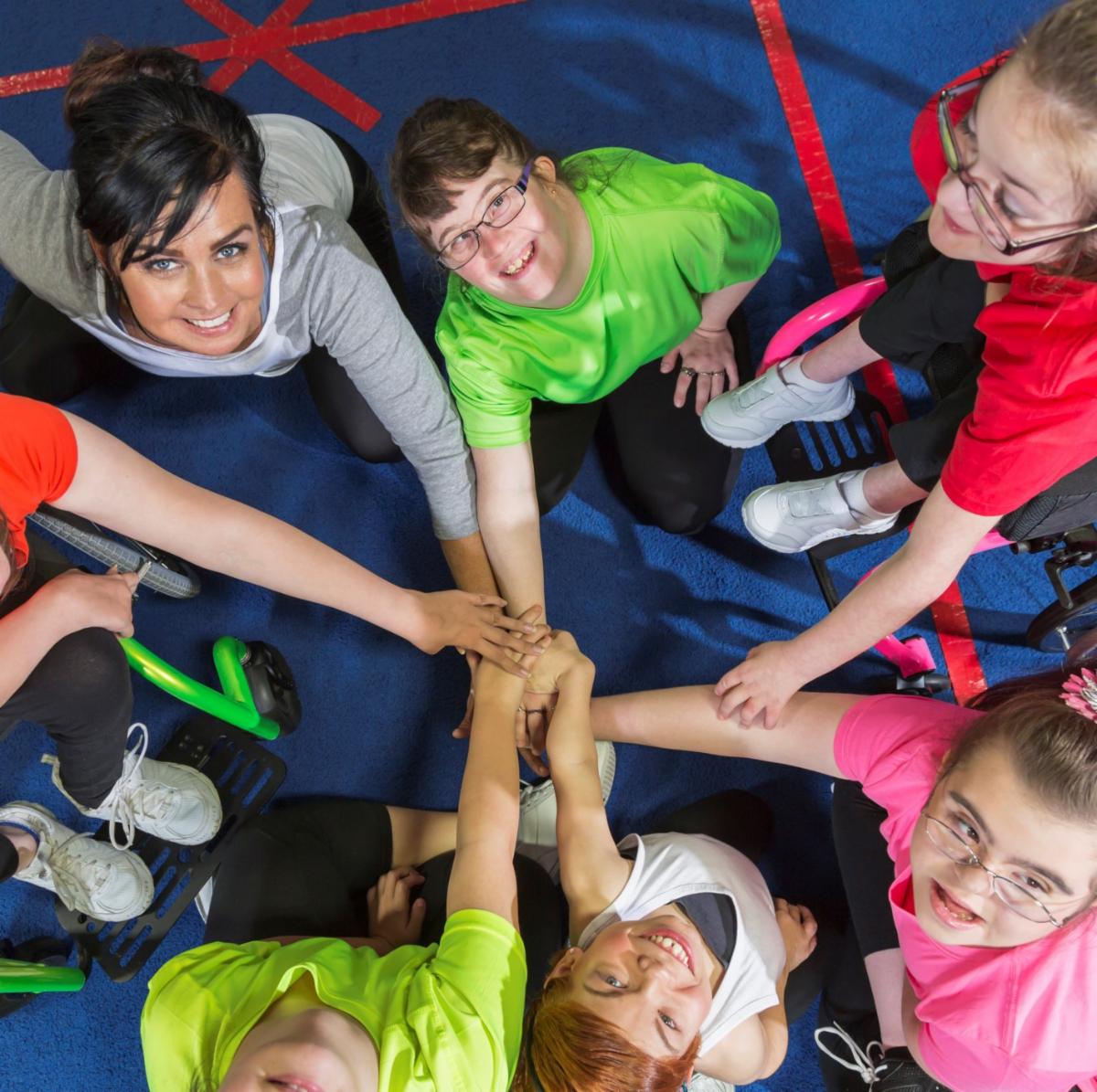Paralympics inspire next generation of athletes
 What does it take to ignite a dream?
What does it take to ignite a dream?
For many individuals with disabilities, whether congenital or acquired, the first step towards participation in sport or physical activity is learning that an adapted version of a particular activity exists, and the second is finding an appropriate program or organization to connect with. In the Long-Term Development for Sport and Physical Activity framework, these are considered pre-stages known as Awareness and First Involvement. And as Canada returns from a successful Paralympic Games, this is a great time to highlight the importance of these pre-stages.
“It’s great that we have Paralympians to advocate for more opportunities at schools, clubs, gyms, conferences and events, not just in disability communities but also with Olympians and local sport communities,” said Annie Lau, Sport for Life’s Senior Coordinator of Operations.
“Local sport organizations, especially the ones based in schools, are typically the first place young athletes would go. So that’s the best place to spread the word that there are para-sports where they can get involved or even volunteer to get involved, whether they have a disability or not. One day they could go to provincial, national or even international events as an athlete, coach, therapist or support worker.”
Organizations hoping to recruit and nurture talent must be proactive, creating an environment that is welcoming and accessible to athletes with disabilities beforehand.
“Accessibility and accommodations are hugely important, and that includes using positive language, being open-minded and welcoming, and patient. Ensure you have modified equipment on hand when possible. Low-cost fees make a big difference too, because these persons with a disability may already be living with high-cost expenses to accommodate their disability and that may prevent them from getting involved.”
The experience of a lifetime
Lau knows firsthand what it’s like to be an athlete with a disability, having competed at the national level in deaf volleyball. She’d grown up playing games with her brother and cousins, but it wasn’t until elementary school that she was first invited to play volleyball with some friends at recess. That was the beginning of a love affair that would last for years. She was lucky because she had good coaches.
“My teachers and coaches and teammates were super friendly. I was lucky to have those people in my life at the times from then through to college. Then I got into deaf volleyball during college and met more deaf people, and they invited me to a deaf volleyball drop-in,” she said.
“As a national deaf volleyball player, it was completely different. There is an eligibility criteria to play where you can only hear a certain dB level or less. And at the international level there are no hearing devices allowed, which was when I had my first challenge as I can’t hear any sounds unless there’s a very loud noise like a horn into my right ear,” she said.
“But because I had had such positive First Involvement experience, I was better equipped to handle the challenges at the international level, which ended up being the experience of a lifetime.”
She encourages anyone considering trying out for a para-sport to embrace the opportunity.
“Be brave and go all out. You have nothing to lose. You will gain rich experiences with athletes who are like you and you will form lasting friendships through sport. You may enjoy them more than you thought as you become more familiar with the sport you participate in,” she said.
“Do not be afraid to push yourself to get involved in a sport you want to try. If you need support, ask someone to go with you. And do not let anyone stop you from trying just because of your disability! Start small and gain confidence from there to try big.”
